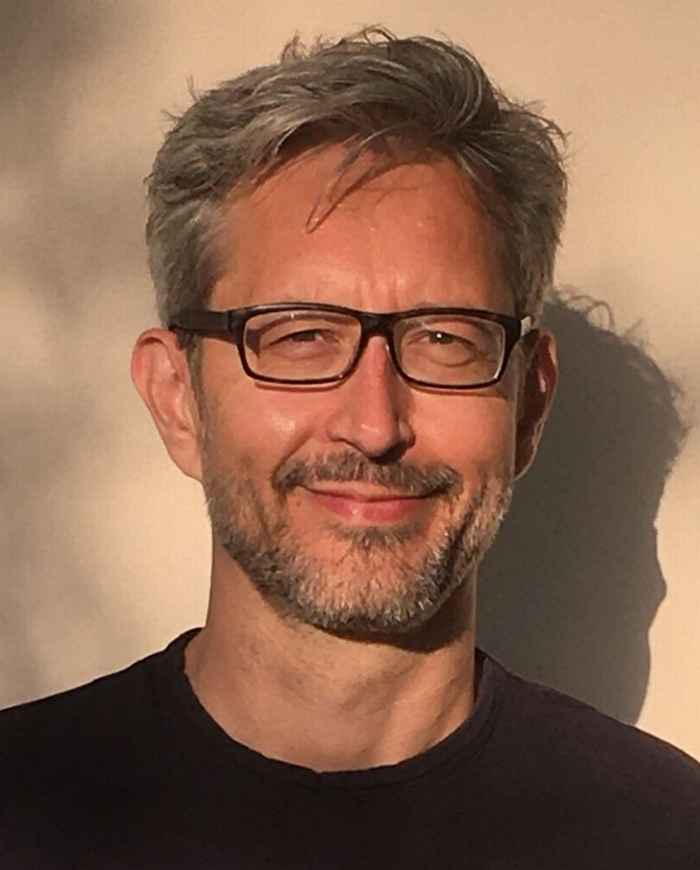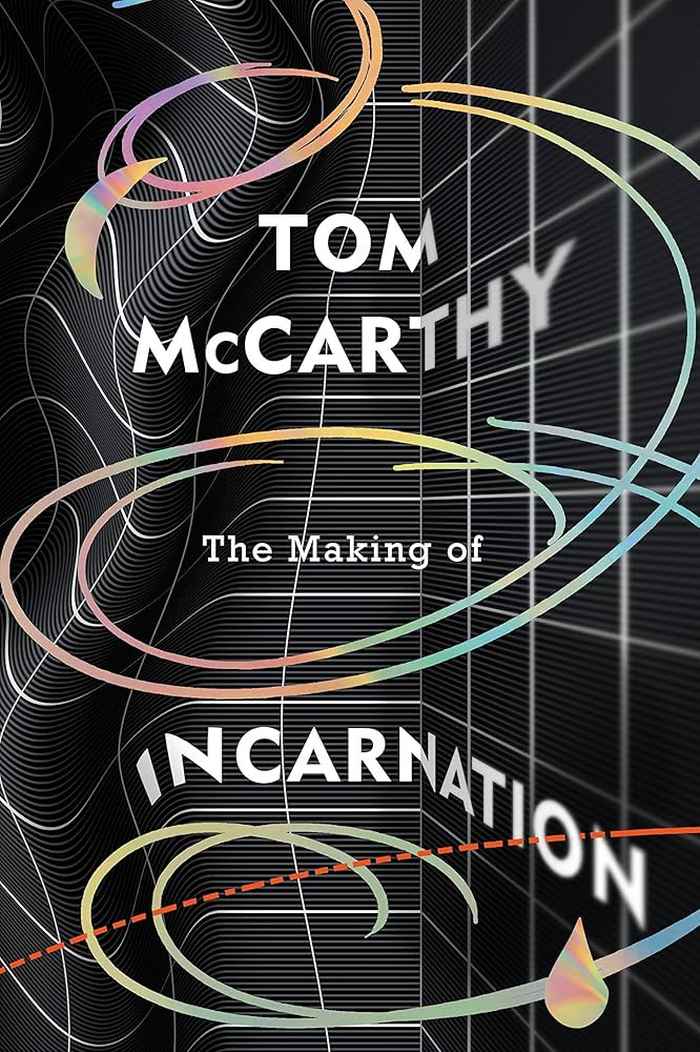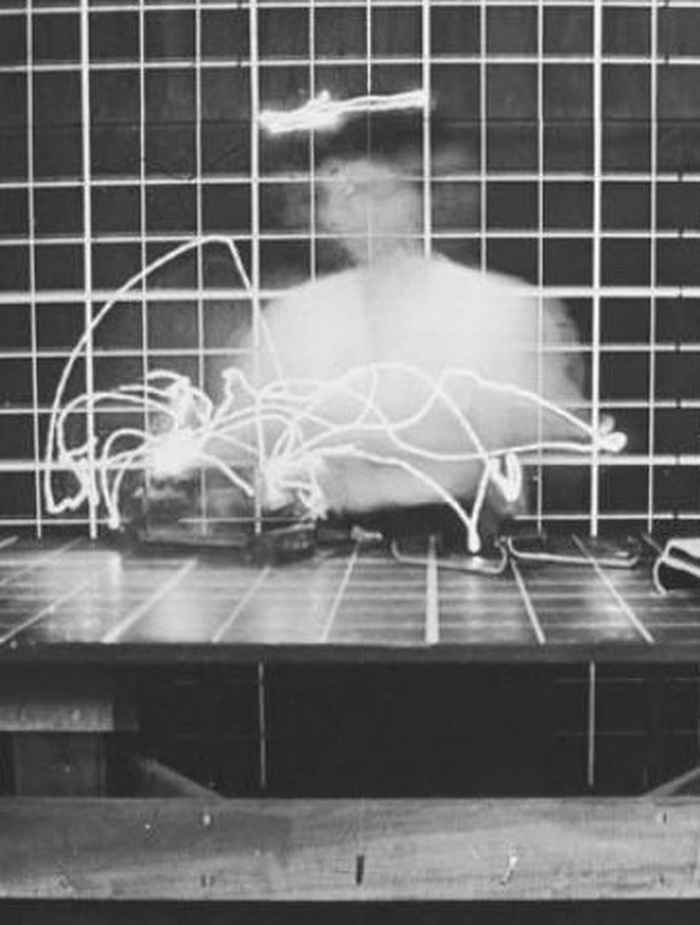Pattern Explorations: Invitation to join!
Blog by Alumni Fellow Stephan Besser
14 May 2025

The Making of Incarnation inspired me to think about the fascination with patterns in the human sciences and arts a hundred years later. Spanning a century of motion capture research, McCarthy’s novel shows that scientific pattern recognition is closely entangled with technologies of control and the development of digital capitalism. His story is particularly intriguing, however, because it portrays Lillian Gilbreth not just as a brilliant researcher but also as a zealous and devoted pattern mysticist. In the novel, Gilbreth not only tries to optimize production processes but strives to find an “absolutely perfect motion-circuit” – an ideal master pattern of movement – behind all the imperfect kinetic traces we encounter in the real world. The fascination with patterns, McCarthy suggests, is never purely scientific but always driven by aesthetic, symbolic or spiritual impulses as well.

In my research project “The Allure of Patterns” I have studied this nexus with a focus on the contemporary human sciences, in particular on cognitive and social science and my own field of literary an cultural studies. I looked at the ways in which the symbolic form of patterns – e.g. as grid structure or wave pattern – shape the meaning that scholars give to their data. And I refined my working hypothesis that the current interdisciplinary turn to patterns across many fields is in part facilitated by their ability to blend the promise of epistemic and technological advancement with the suggestion of a deeper order and connection in a hypercomplex, (post)digital world. One of the results of this research is my article on pattern as a trope of order and cohesion in sociologist Armin Nassehi’s theory of digital society (see below).

Research like this can only thrive in an interdisciplinary environment, and IAS was an ideal place for it. During my fellowship, I was lucky to meet scholars like Rami Kaplan, Giulia Dal Maso, Suzanne Fustolo-Gunnink and Sune V. Steffensen, who generously shared their expertise and ideas about the use of patterns as a concept in the social sciences, cultural anthropology, medicine and linguistics with me. Together with Flora Lysen (Maastricht University) I organized a workshop on “Pattern as a Figure of Knowledge” at IAS in March 2025 with guest lectures by Hernan Mondani (Stockholm University), Berkay Üstün (Fenerbahçe University Istanbul) and Elki Boerdam (Amsterdam). The workshop inspired us to look more closely into pattern as a concept in complexity science and to explore the role of “intuition” and gestalt thinking in various modes of pattern recognition performed by humans and machines.
Most importantly, the workshop has motivated us to continue our Pattern Explorations as an interdisciplinary network of scholars with an interest in pattern as concept, symbol and metaphor. This blogpost, therefore, concludes with warm invitation to all artists, scientists and scholars with an interest in this topic to get in touch and possibly join our collaboration. Just send me a message (s.besser@uva.nl) and we might see each other at IAS in the future!
Reference
Stephan Besser. “Conjuring a Sense of Order: Pattern as a Figure of Knowledge in Armin Nassehi's Theory of Digital Society.” KulturPoetik, 25(1), 82-104. https://doi.org/10.13109/kult.2025.25.1.82